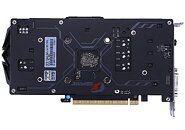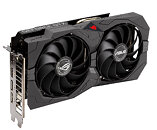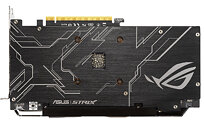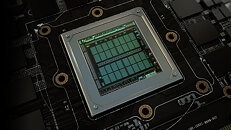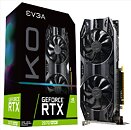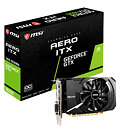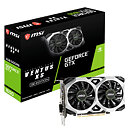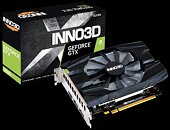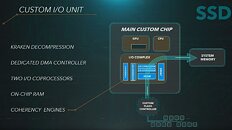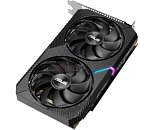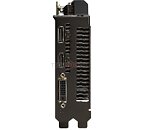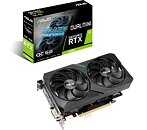
Colorful Unveils Trio of GeForce GTX 1650 GDDR6 Graphics Cards
Colorful rolled out a trio of new GeForce GTX 1650 GDDR6 graphics cards. These include products from the company's BattleAx and iGame product lines. All three appear to be based on a common board design with a 3+1 phase VRM, and a monoblock aluminium heatsink that's ventilated by a dual fan setup. The base model, without any special branding, sticks to NVIDIA-reference clock speeds of 1590 MHz GPU Boost and 12 Gbps memory. Interestingly, it features a 6-pin PCIe power input (isn't normally needed if the GTX 1650 GDDR6 is running at reference speeds).
Next up, is the Colorful GTX 1650 GDDR6 BattleAx, with a red+black color scheme, an otherwise identical design to the base model, but a healthy factory-overclock of 1710 MHz GPU Boost (vs. 1590 MHz reference). Leading the pack is the iGame GTX 1650 D6 Ultra OC. This product, too, features a mostly identical design to the other two, but with a more premium-looking cooler shroud, and a metal back-plate being included. The card features dual-BIOS, with a "Turbo" BIOS that has increased power limits to facilitate a 1725 MHz GPU Boost factory OC. All three cards run the memory at 12 Gbps (GDDR6-effective), take in one 6-pin PCIe power input, and offer a display output layout with one each of dual-link DVI-D, HDMI 2.0b, and DisplayPort 1.4a. The company didn't reveal pricing.
Next up, is the Colorful GTX 1650 GDDR6 BattleAx, with a red+black color scheme, an otherwise identical design to the base model, but a healthy factory-overclock of 1710 MHz GPU Boost (vs. 1590 MHz reference). Leading the pack is the iGame GTX 1650 D6 Ultra OC. This product, too, features a mostly identical design to the other two, but with a more premium-looking cooler shroud, and a metal back-plate being included. The card features dual-BIOS, with a "Turbo" BIOS that has increased power limits to facilitate a 1725 MHz GPU Boost factory OC. All three cards run the memory at 12 Gbps (GDDR6-effective), take in one 6-pin PCIe power input, and offer a display output layout with one each of dual-link DVI-D, HDMI 2.0b, and DisplayPort 1.4a. The company didn't reveal pricing.

